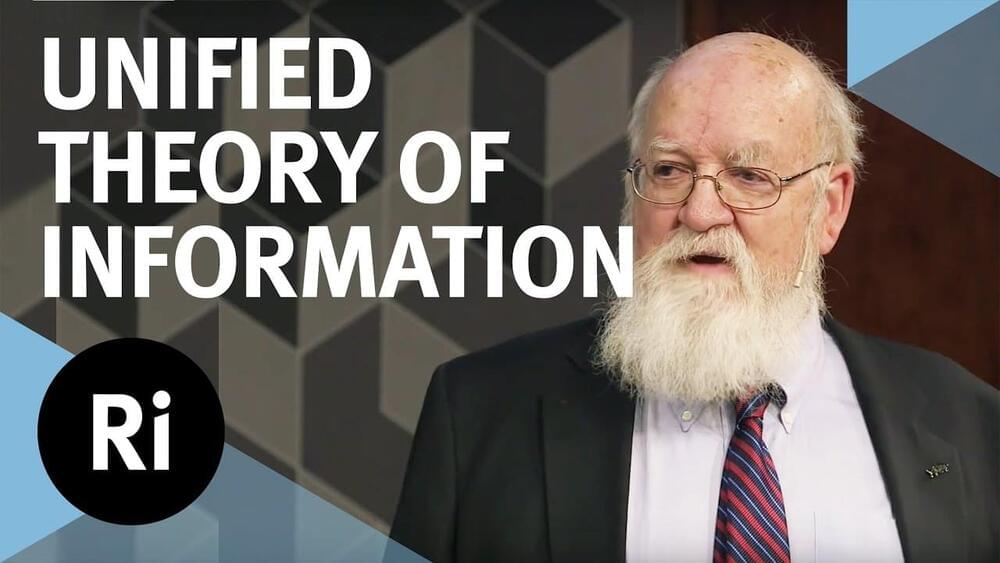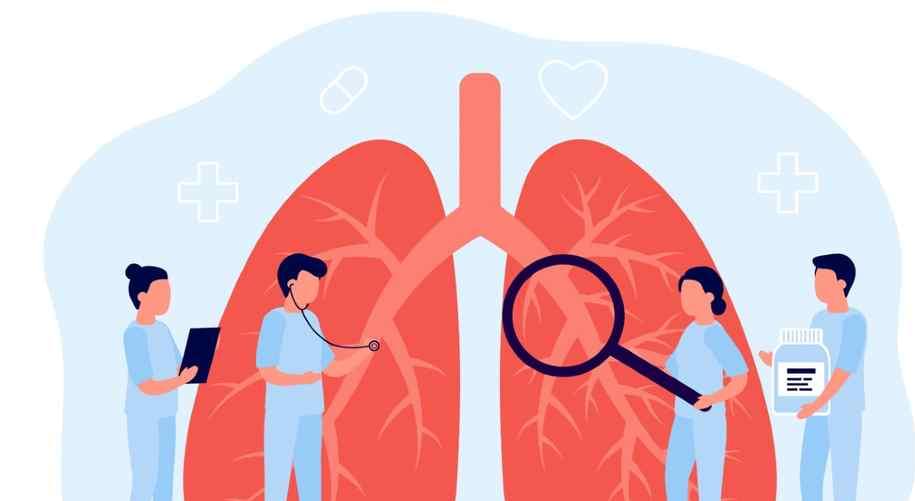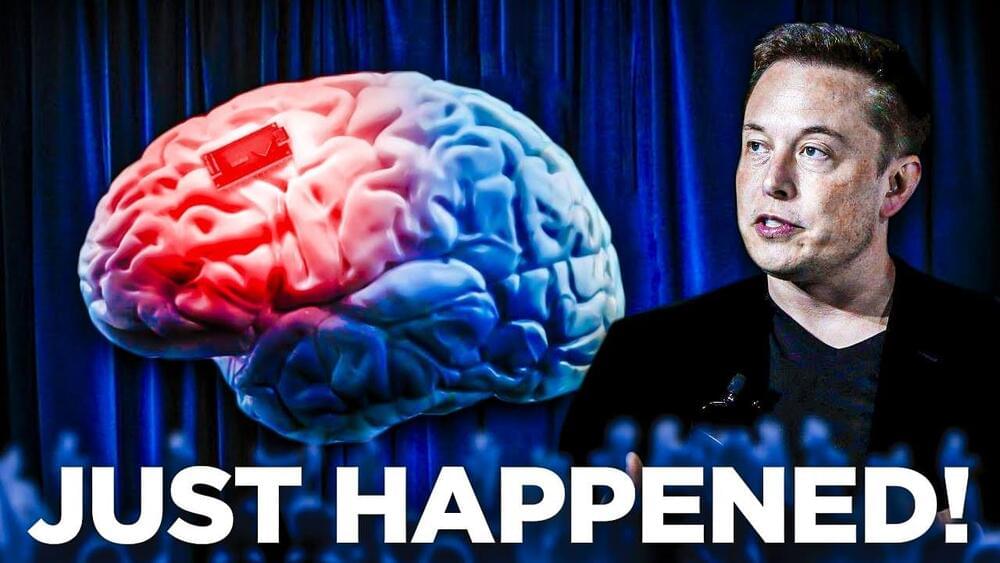The new fund will be focused on startups in energy, manufacturing, agriculture, healthcare, satellites and more.
Daniel Dennett explores the first steps towards a unified theory of information, through common threads in the convergence of evolution, learning, and engineering.
Subscribe for regular science talks: http://bit.ly/RiSubscRibe.
Watch the Q&A now: https://www.youtube.com/watch?v=beKC_7rlTuw.
Buy Daniel Dennett’s book “Intuition Pumps and Other Tools for Thinking” — https://geni.us/pAyVW
The concept of information is fundamental to all areas of science, and ubiquitous in daily life in the Internet Age. However, it is still not well understood despite being recognised for more than 40 years. In this talk, Daniel Dennett explores steps towards a unified theory of information, through common threads in evolution, learning, and engineering.
This event was the first in a series on the theme of ‘Convergence’, exploring the links between neuroscience, philosophy and artificial intelligence. If you’re in London, look out for more events later in the year: http://rigb.org/whats-on.
We are grateful for the help of the Real Time Club in organising this event.
Daniel Dennett is known as one the most important philosophers of our time, with controversial and thought-provoking arguments about human consciousness, free will, and human evolution.
Singer is the founder and director of Outreach Judaism, a Jewish counter-missionary organization. It describes itself as “an international organization that responds directly to the issues raised by missionaries and cults, by exploring Judaism in contradistinction to fundamentalist Christianity.” Singer cautions regarding congregations that “are designed to appear Jewish, but are actually fundamentalist Christian churches, which use traditional Jewish symbols to lure the most vulnerable of our Jewish people into their ranks.” Outreach Judaism was described by J. Gordon Melton in 2002 as an example of “the current state of Jewish counter-cult activity.”
Rabbi Tovia Singer wanted to understand why Jews have been persecuted throughout history so he read the New Testament and found out why they have been targeted. It appears Rabbi Tovia Singer has devoted his life to showing how the authors of the New Testament corrupted the Hebrew scriptures in the Septuagint. He shows how Paul manipulated the text just as bad as modern tv preachers to suite his gentile audience.
MythVision Website: 🔥 https://mythvisionpodcast.com/
MythVision Patreon 👉 https://www.patreon.com/mythvision.
MythVision Paypal. 👉 https://www.paypal.me/dereklambert7
Cashapp: 👉 $rewiredaddiction.
Venmo: 👉 @Derek-Lambert-9
Recommeded books 👉 https://amzn.to/35FqNYf.
Email MythVision 👉 [email protected].
Facebook page: 👉 https://www.facebook.com/MythVision/
Facebook group: 👉 https://www.facebook.com/groups/TheWaterBoyZRadio/
Twitter: 👉 @DerekPodcast.
Instagram: 👉 @dereklambert_7
==============================================================================
Rabbi Tovia Singer books 👉 https://outreachjudaism.org/
Rabbi Tovia Singer shows the changing of Hebrew scripture by the New Testament authors, how they redefined the use of the Hebrew scriptures & Paul being a liar.
Rabbi Tovia Singer youtube: https://www.youtube.com/channel/UCaw8quRcRzjmw0BI1vn-dnA
The S2x turbine will be able to generate one megawatt of electricity and will have a total height of 442 feet.
Lung cancer is the third most common cancer in the U.S., according to the Centers for Disease Control and Prevention. Patients may be treated by a variety of approved immunotherapies and chemotherapies if surgery is not an option.
An oral pill for lung cancer named Lumakras, made by Amgen, shows promise for lung cancer patients who have tried many other treatments already with little improvement.
In phase 3 clinical trials, patients with non-small cell lung cancer received Lumakras or intravenous chemotherapy (docetaxel). The patients may have tried other treatments like immunotherapy.
This nebula is about 100 times wider than the Sun is to its nearest star. It is 5,500 light years away and is an active star-forming region.
The universe works for us because of deep physical laws. But if the values of these laws change much, then all we see and know could not exist. If small changes to the laws of physics would make life impossible, does fine-tuning require an explanation? Featuring interviews with Bernard Carr, David Deutsch, Richard Swinburne, Rodney Holder, and Christopher Isham.
Season 12, Episode 8 — #CloserToTruth.
▶Register for free at CTT.com for subscriber-only exclusives: http://bit.ly/2GXmFsP
Closer To Truth host Robert Lawrence Kuhn takes viewers on an intriguing global journey into cutting-edge labs, magnificent libraries, hidden gardens, and revered sanctuaries in order to discover state-of-the-art ideas and make them real and relevant.
▶Free access to Closer to Truth’s library of 5,000 videos: http://bit.ly/376lkKN
Closer to Truth presents the world’s greatest thinkers exploring humanity’s deepest questions. Discover fundamental issues of existence. Engage new and diverse ways of thinking. Appreciate intense debates. Share your own opinions. Seek your own answers.
🔔 Subscribe now with all notifications on for more Elon Musk, SpaceX and Tesla videos!Elon musk has finally tried neuralink on humans! But what is this neuralink? And how much effect will it have on us?The existence of Neuralink was first made public in 2017, when The Wall Street Journal reported on it. The company’s first significant public appearance was in 2019, when Elon Musk and other members of the Neuralink leadership team demonstrated their technology in a live streamed presentation. Neuralink’s chip is roughly the size of a penny and would be implanted in a person’s skull. An array of tiny wires, each nearly 20 times thinner than a human hair, spread out from the chip and into the patient’s brain. The cables include 1,024 electrodes that can monitor brain activity and, potentially, electrically activate the brain. This data is wirelessly transferred by the chip to computers, where it may be examined by researchers. A stiff needle, similar to a sewing machine, would be used to punch the flexible wires emerging from a Neuralink chip into a person’s brain. In January 2021, Neuralink produced a video displaying the robot.
Musk claims that the machine will make implanting Neuralink electrodes as simple as LASIK eye surgery. While this is an audacious assertion, neuroscientists told Insider in 2019 that the machine has several extremely promising aspects.📺 Watch the entire video for more information!#elon #musk #neuralink #spacex #tesla #elonmusk.
About Space Live.
🎥 Videos about Elon Musk, SpaceX, Tesla and more.
🎨 Written, voiced and produced by Space Live.
🔔 Subscribe now for more Elon Musk, SpaceX and Tesla videosWatch More from Space Live.
🟢 Elon Musk News: https://youtube.com/playlist?list=PLnEXUfPoD0wpm_jCO3qAoF-INE8csb4sf.
🟠 SpaceX News: https://youtube.com/playlist?list=PLnEXUfPoD0wrfwZLaJyNqjjEaxPiUuy7p.
🔴 Tesla News: https://youtube.com/playlist?list=PLnEXUfPoD0wqaY9rit0Tunko-q0mrFrCz.
💼 Business Inquiries and Contact.
• For business inquiries, copyright matters or other inquiries please contact us at: [email protected].❓ Copyright Questions.
• If you have any copyright questions or issues you can contact us at [email protected].⚠️ Copyright Disclaimers.
• We use images and content in accordance with the YouTube Fair Use copyright guidelines.
• Section 107 of the U.S. Copyright Act states: “Notwithstanding the provisions of sections 106 and 106A, the fair use of a copyrighted work, including such use by reproduction in copies or phonorecords or by any other means specified by that section, for purposes such as criticism, comment, news reporting, teaching (including multiple copies for classroom use), scholarship, or research, is not an infringement of copyright.”
• This video could contain certain copyrighted video clips, pictures, or photographs that were not specifically authorized to be used by the copyright holder(s), but which we believe in good faith are protected by federal law and the fair use doctrine for one or more of the reasons noted above.
It could support non-combat activities such as humanitarian relief operations and medical missions.
Commercial space company Sierra Space, which is developing the shuttle-shaped Dream Chaser spacecraft for transportation solutions, has signed an agreement with the U.S. Department of Defense (DOD) transportation command for point-to-point global terrestrial delivery of military materiel and personnel.
Both organizations will develop solutions using the Dream Chaser spaceplanes, Shooting Star cargo modules, and on-orbit infrastructure that provides unique capabilities for precise, cost-effective, and timely global delivery of Department of Defense logistics and personnel through space.
The paper argues that AI may want to take control and do its own thing.
Artificial intelligence (AI) has been making impressive progress and has, in many ways, improved the world. But could it become dangerous? A new paper co-authored by the University of Oxford and Google DeepMind researchers published last month in the peer-reviewed AI Magazine.
Devrimb/iStock.
A new paper co-authored by the University of Oxford and Google DeepMind researchers published last month in the peer-reviewed AI Magazine argues that it could. The research stipulates that artificial intelligence could pose an existential risk to humanity.









